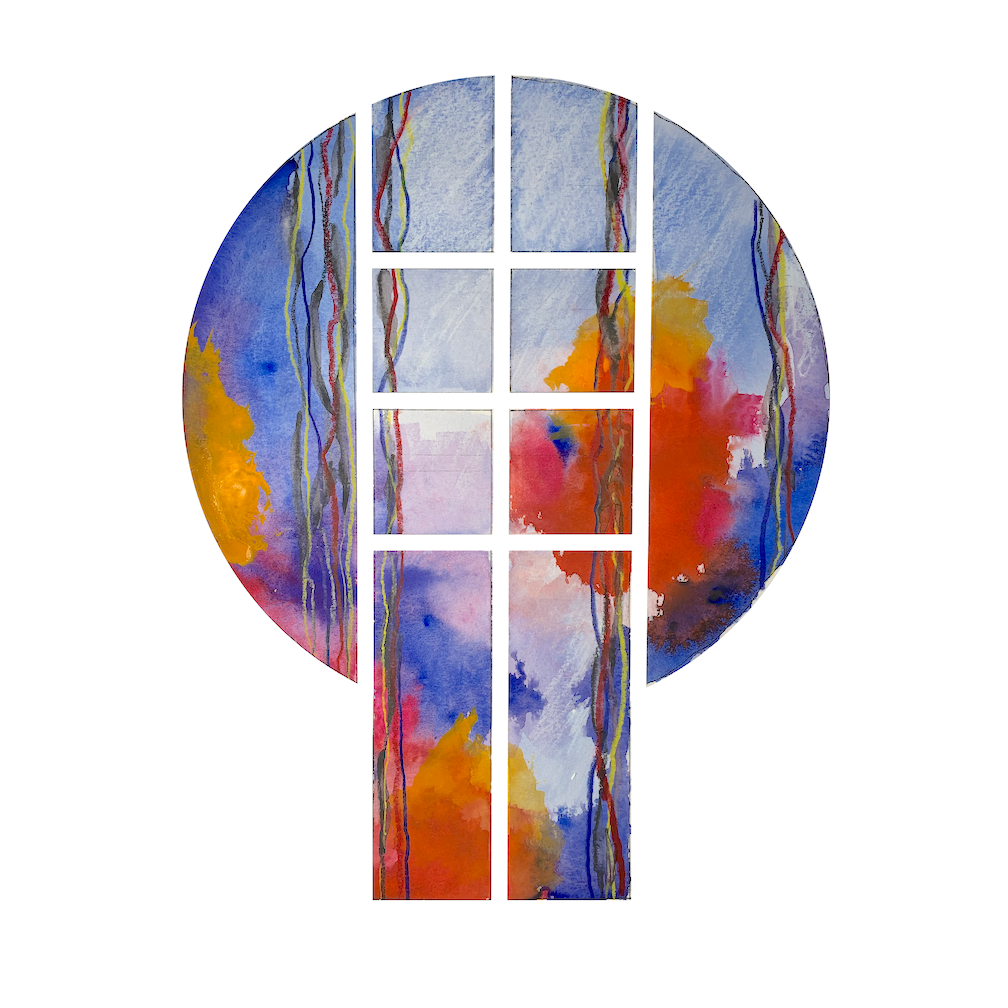I am a member of SFMOMA, the primary modern and contemporary museum here in San Francisco, and that allows me to drop in for a little while when I am in the area and not feel obliged to see everything because I just paid for a $35 ticket. I dropped in on a Tuesday morning a couple of weeks ago, and lucky for me, visitors were few and far between. As I rode the elevator to the top floor (as is my habit, after which I wander down, unable to resist gravity's attraction), another solo visitor struck up a conversation. I own exactly one article of clothing with writing on the outside, and it's a Harry Potter-themed t-shirt I happened to be wearing that day. It spurred the conversation.
This other fellow (who I much later realized must be around thirty, but he's completely bald, which makes it harder to tell) eagerly continued our conversation, even after it stopped a couple of times as he and I took in different artworks. Eventually I learned he's an artisan, trained at a major US design school, and his solo business is doing really well here in SF thanks to the boom in wealthy tech companies desiring bespoke offices.
He asked how my art business is going, and I truthfully told him sales have been a little slow this year. He asked what I charge for a commission, and replied with a number corresponding to the current price of many of my pieces. I'll clarify at this point that he's never seen my work, because he says, "I want to commission a painting." Yeah -- just based on maybe ten minutes of conversation about this and that (and my HP shirt -- thanks JK!). He asks me to use the theme "pye". I ask whether he means P-I or P-I-E and he says yes/either/both/neither as I see fit.
A number of my paintings' stories are very much both/and in character, so I immediately decided to make a painting about both pie and pi (𝛑). I really enjoyed math growing up, and even competed fairly seriously in middle school (placed 7th in the state of Texas, cough, cough). Several of the legion uses for the mathematical ratio/constant pi came to mind and I instantly could envision how they could provide formal material. I am not a baker. At all. So that was going to take a little thinking.
By the time I got home, this nursery rhyme was in my head, and I knew it would make it to the canvas.
Sing a song of sixpence,
A pocket full of rye,
Four and twenty blackbirds
Baked in a pie.
Pies, conveniently, are generally circular, which resonates with 𝛑, the ratio between the diameter of a circle and it's circumference (or twice the radius and the circumference). Archimedes and his lot did amazing things with a compass and a straightedge thousands of years ago, and after a circle, the easiest geometrical figure to construct is a hexagon. Six sides, which goes evenly into four and twenty blackbirds -- I was on my way! The birds follow a grid of equilateral triangles, derived from the hexagon. So do the notional pie crust slits (rendered in gold). The circumference of a circle with radius 1 is 2𝛑, so for that circle, half the circumference equals 𝛑, shown as the dark and ruddy arcs around the pie.
Many of my recent paintings have used iterations of a word in many languages. It turns out pi is the same in all languages. However, brilliant Chinese mathematicians had a rather precise value for pi centuries before Greece and the rest of the West. They called it 密率 (milü: "close ratio"), so that term appears in the painting. So does the phrase "four and twenty" (for the quantity of roasted fowl in the nursery rhyme), which has a happy resonance with twenty-four hours in a day: analog clock faces are also circular, so hands of a clock display 3:14 in the painting.
6d is the shorthand for writing "six pennies" in the bonkers old-style monetary system of England that included pounds, shillings, pence, farthings, guineas, etc. Six pennies is also called sixpence, of which we sing a song in the nursery rhyme.
One thing Archimedes and his pals could never do (because it is apparently impossible) is construct a square with identical area to a given circle. They called this "squaring the circle." This shows up in the painting as the golden square, which also makes a (tortured) pun on the formula for the area of a circle: pi times the square of the radius. Commonly stated "pi R squared", it sounds like "pie are squared". But they're round!
The grid and curves are the Cartesian coordinate representation of a family of curves typically drawn in polar coordinates. Known as sinusoidal spirals, you need pi to draw them, and the vertical gridlines are notated with their pi values.
All these elements add up to a possibly supremely geeky painting, but one I never would have undertaken were it not for a chance conversation at the museum. And JK Rowling.




















